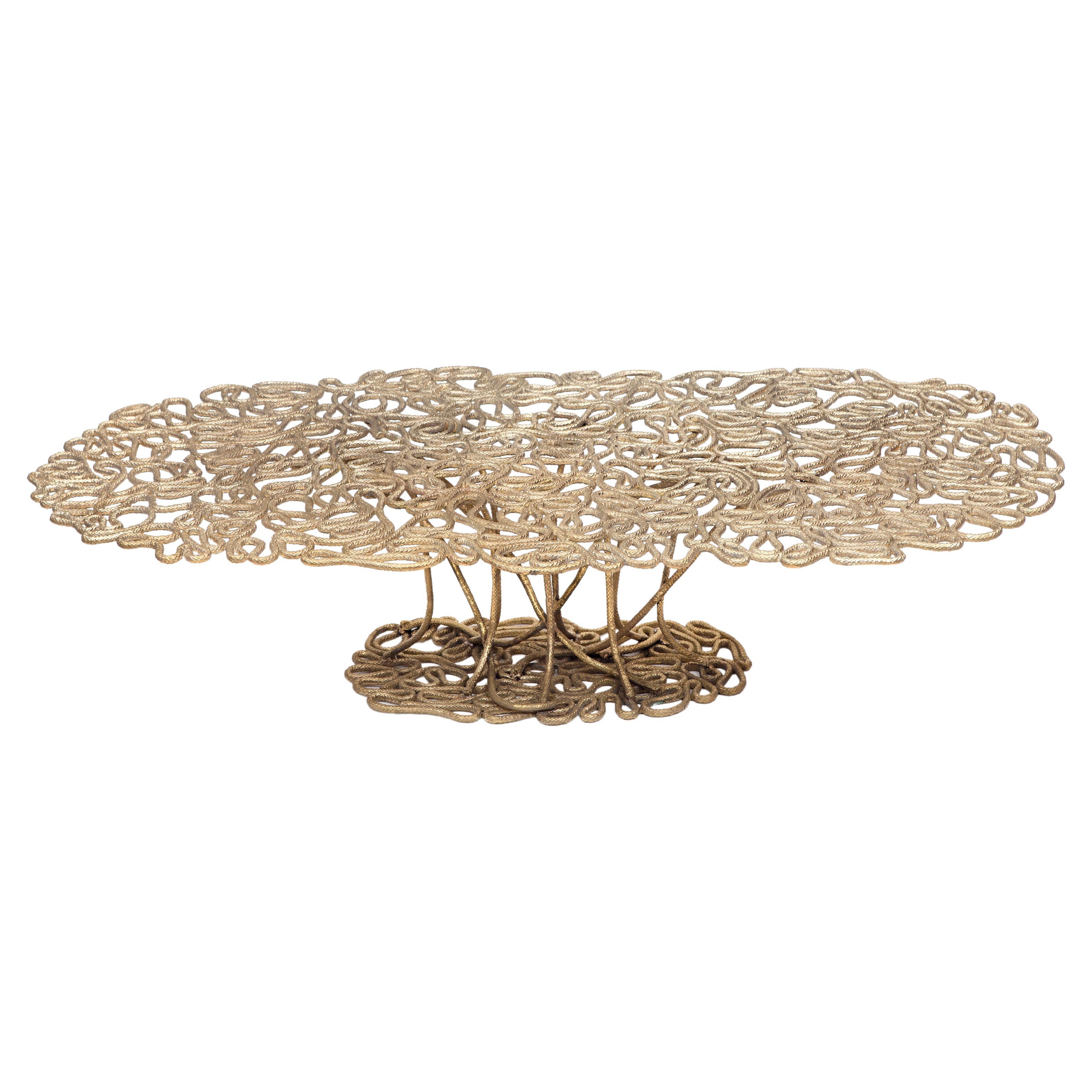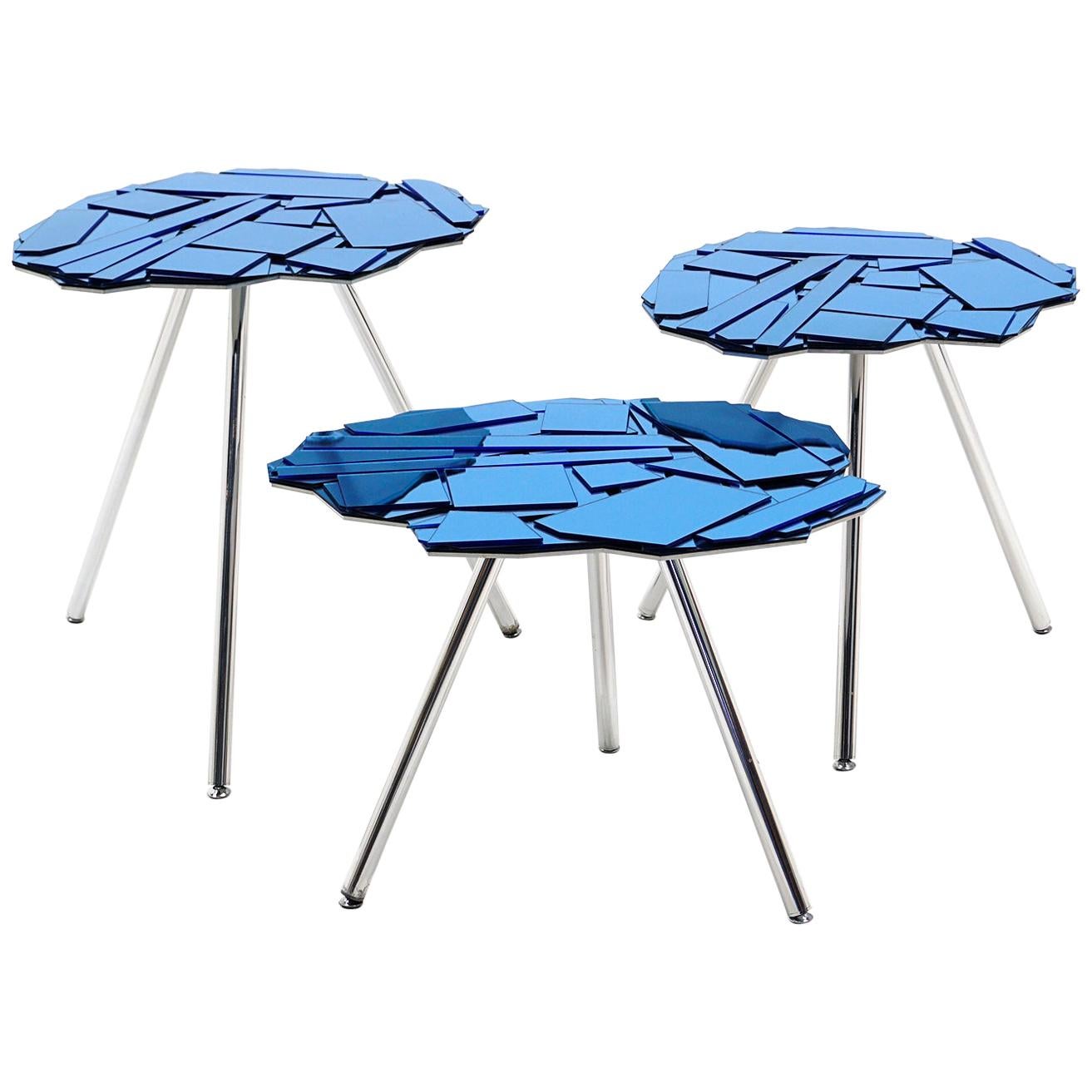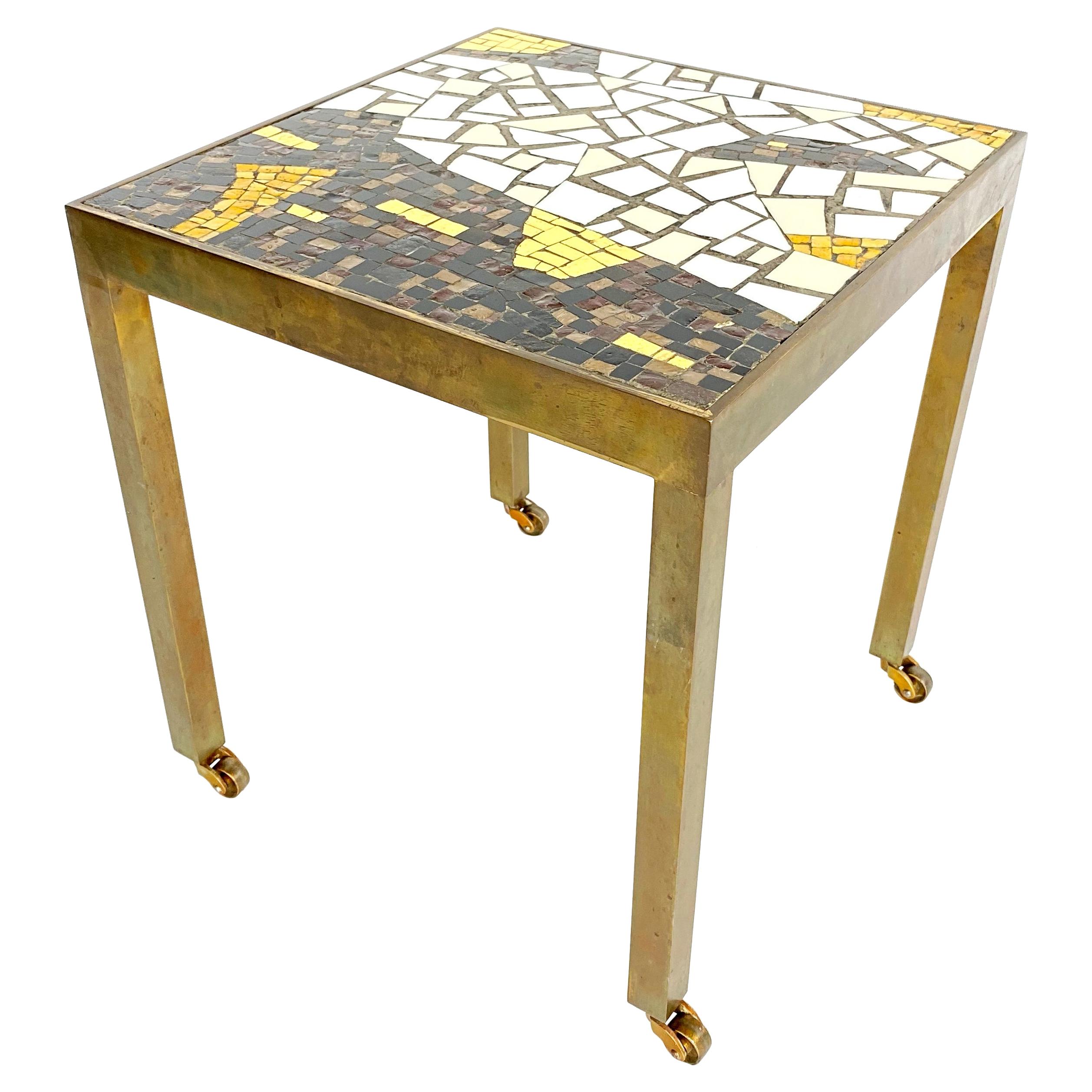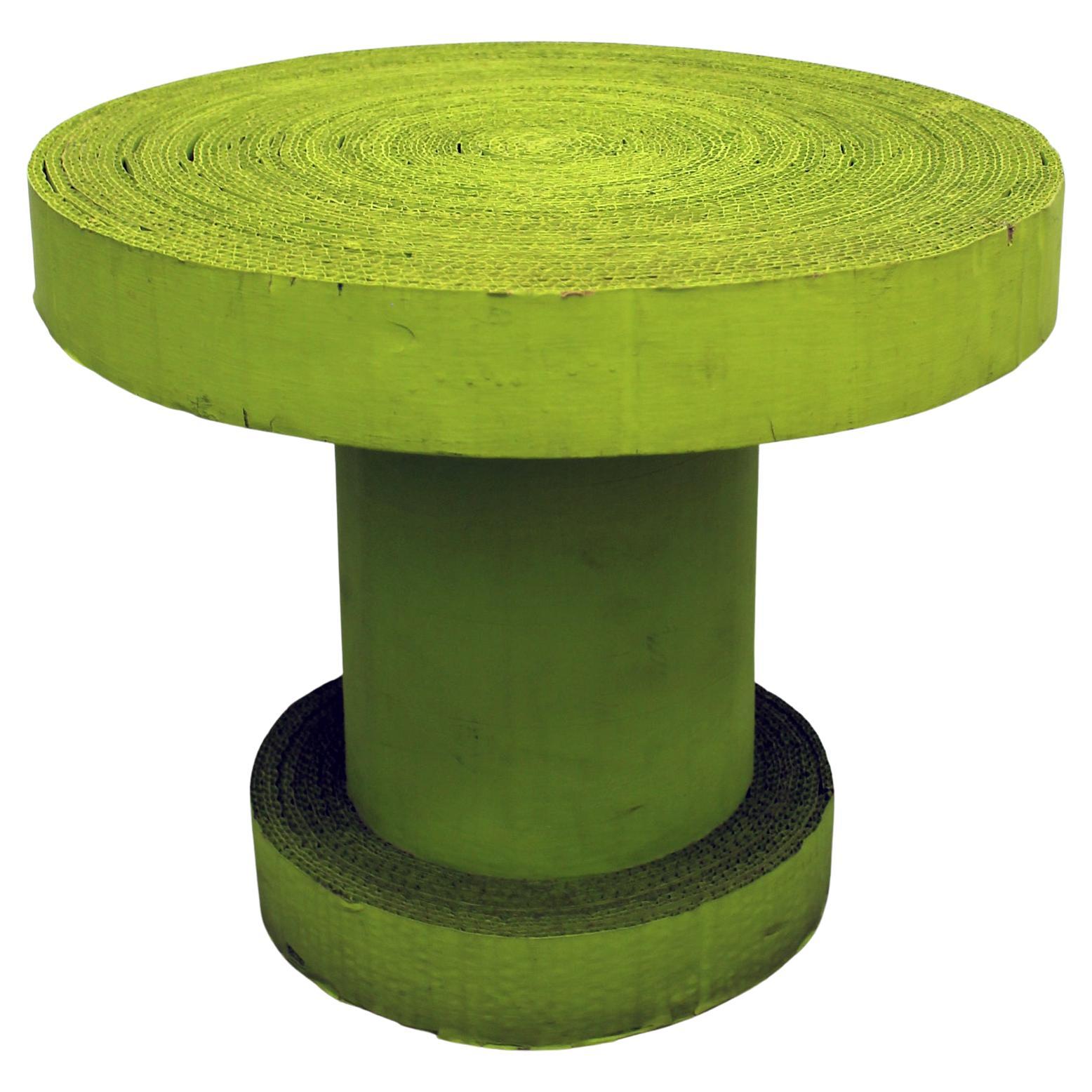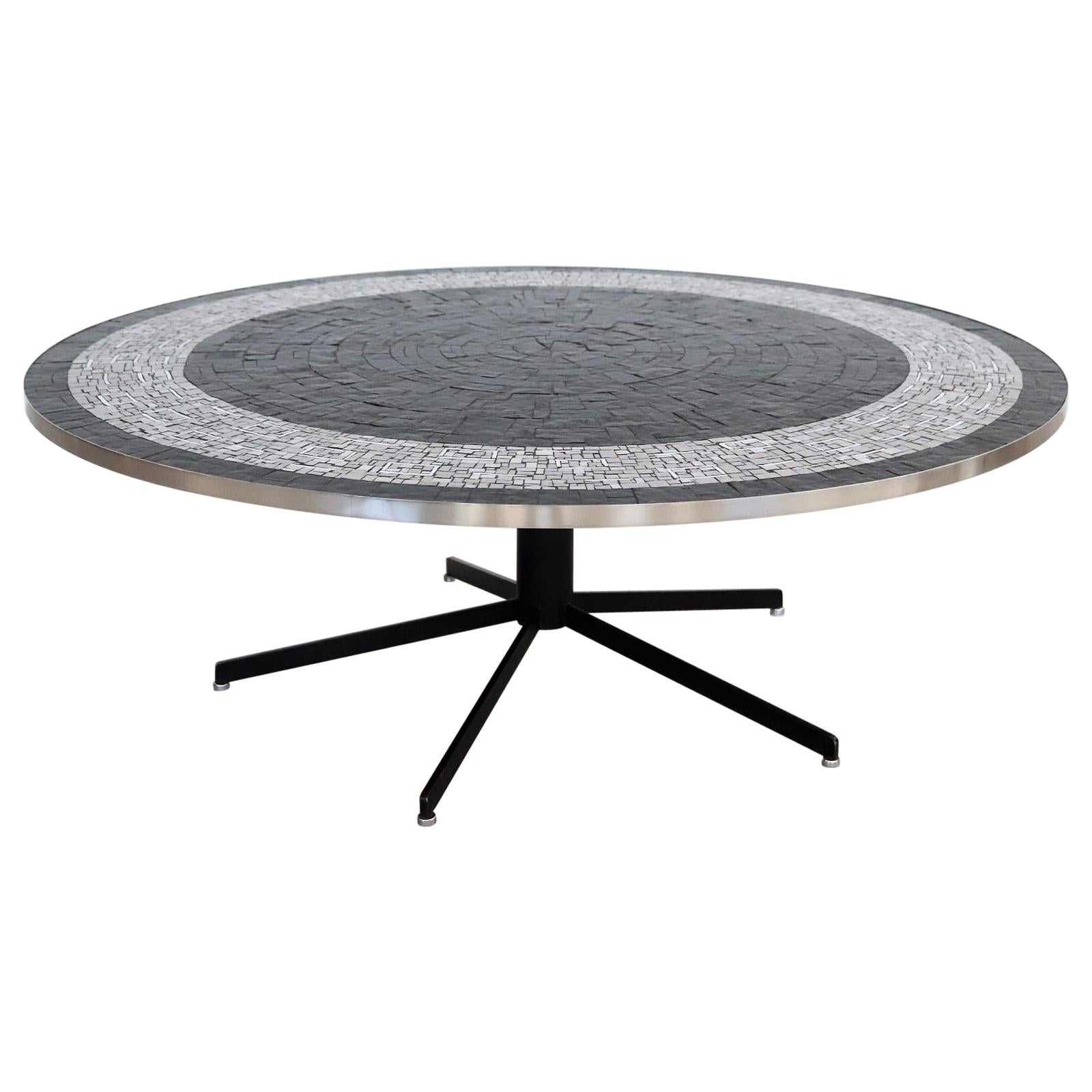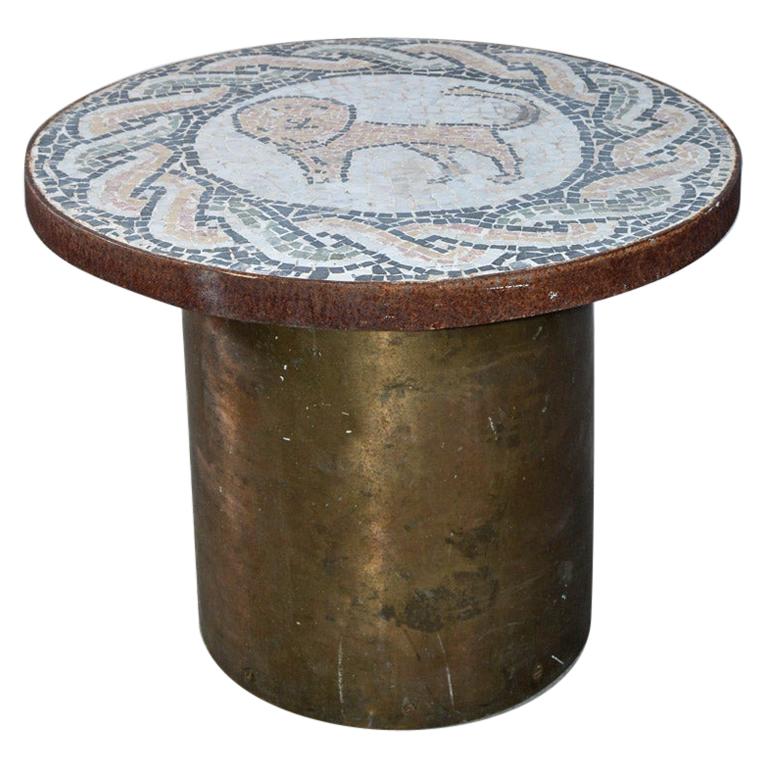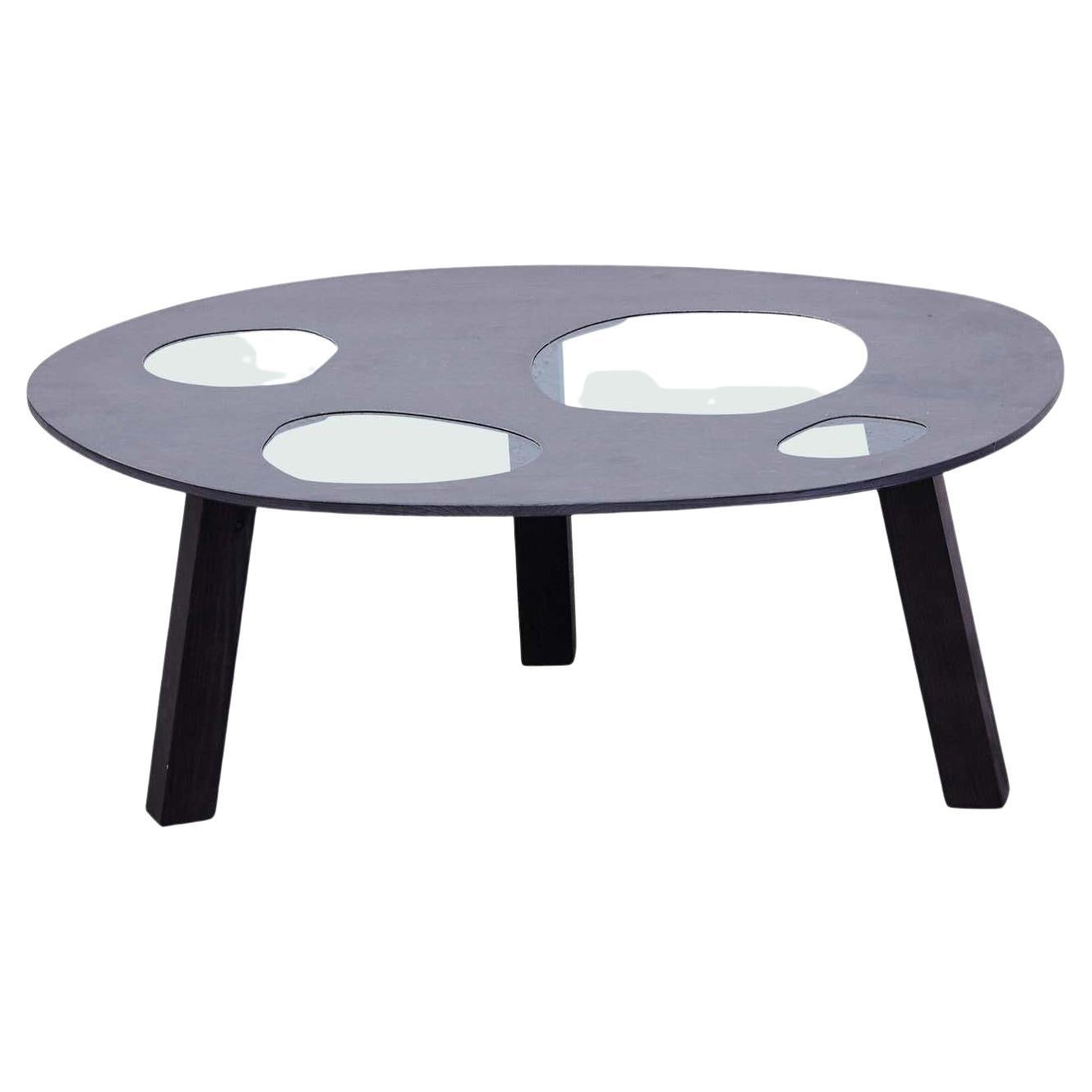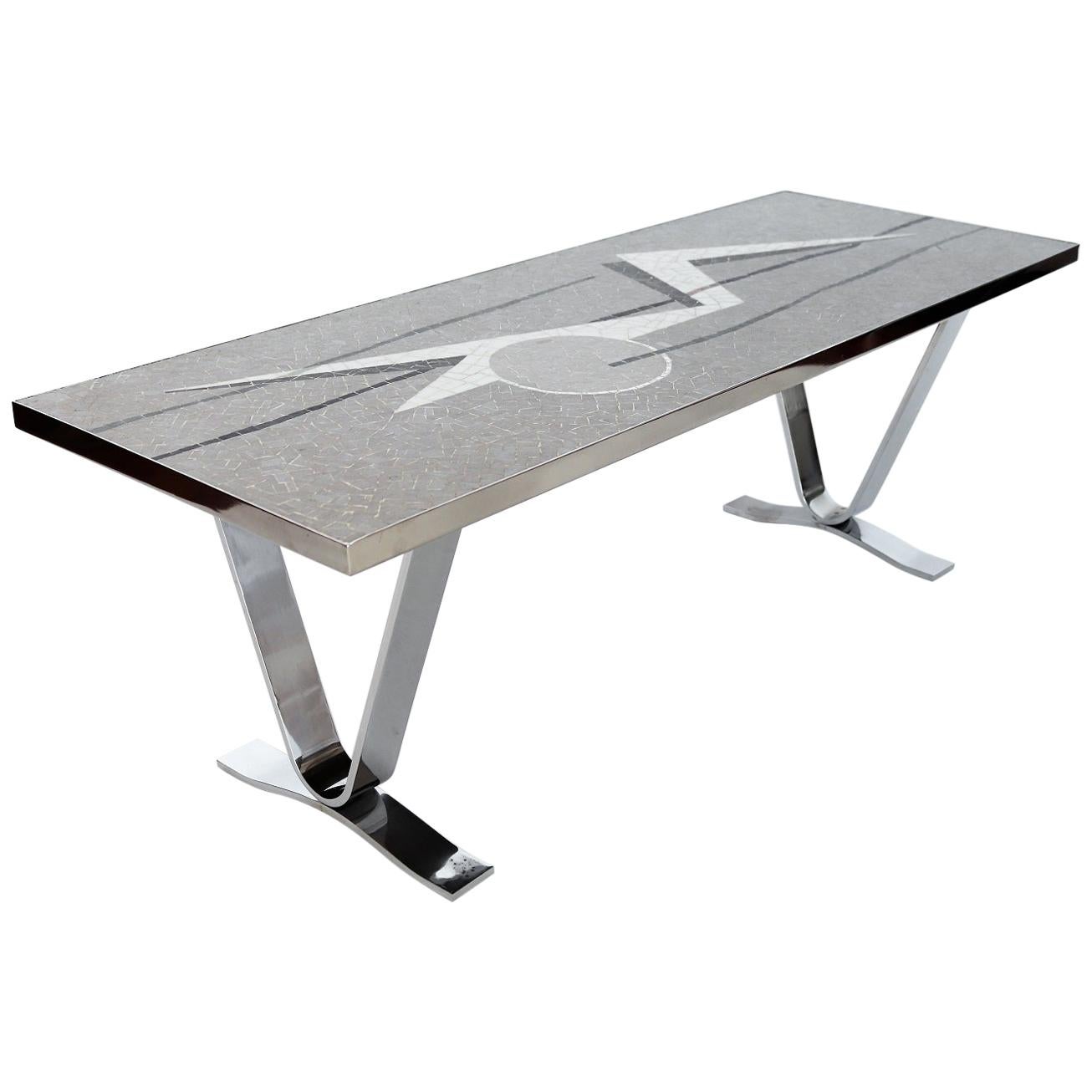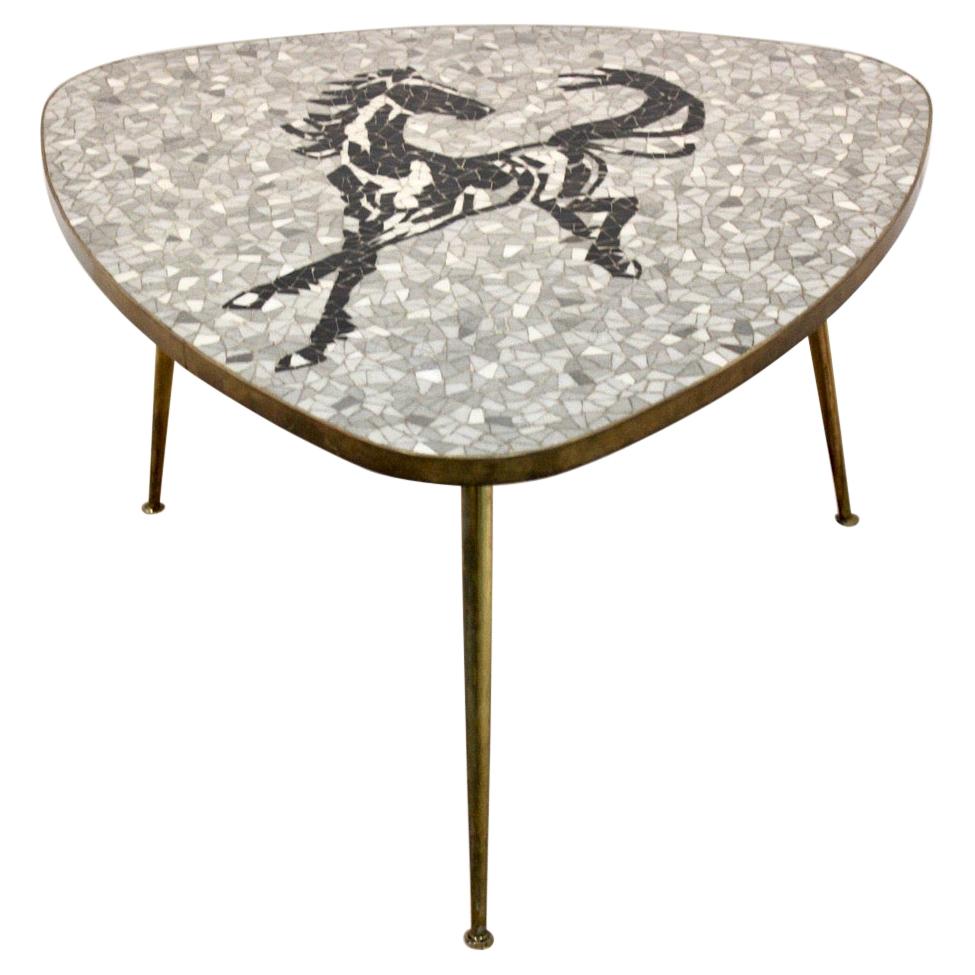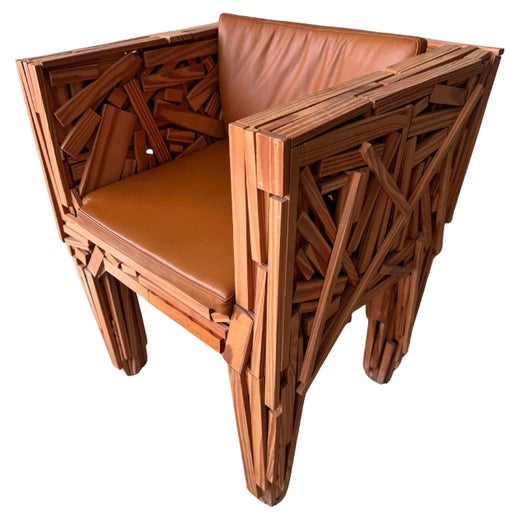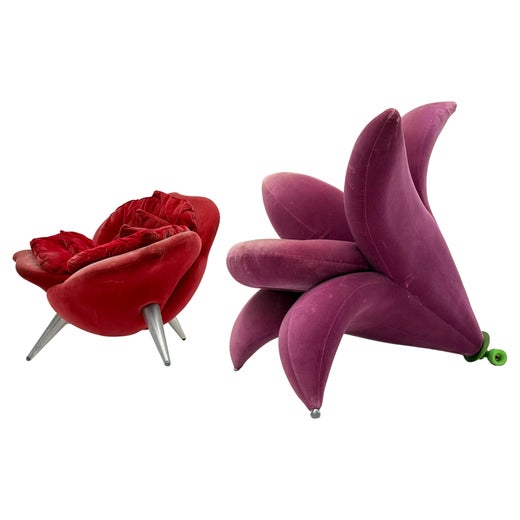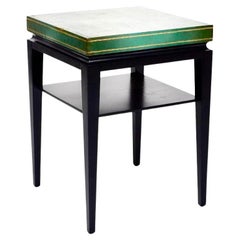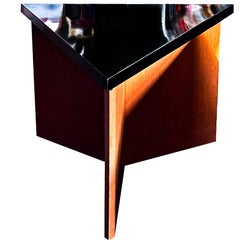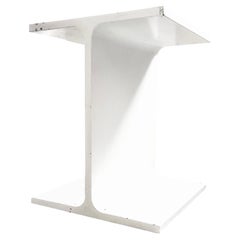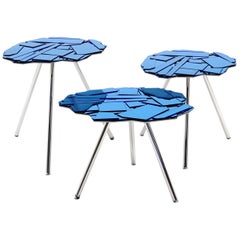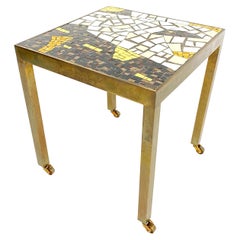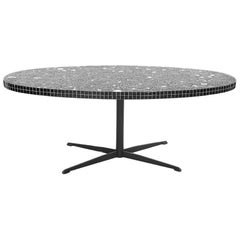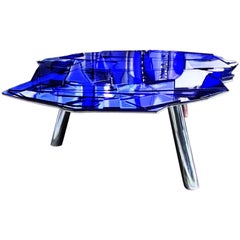
Fernando and Humberto Campana Brasilia Table, Midnight Blue Mosaic, Edra, Italy
View Similar Items
Fernando and Humberto Campana Brasilia Table, Midnight Blue Mosaic, Edra, Italy
About the Item
- Creator:Campana Brothers (Designer),Edra (Maker)
- Dimensions:Height: 14 in (35.56 cm)Width: 48 in (121.92 cm)Depth: 35 in (88.9 cm)
- Style:Organic Modern (Of the Period)
- Materials and Techniques:
- Place of Origin:
- Period:
- Date of Manufacture:2006
- Condition:Wear consistent with age and use. Minor losses. Fair vintage condition. Minor age appropriate wear to surface. Light scratches, few small splits.
- Seller Location:Brooklyn, NY
- Reference Number:1stDibs: LU4190325741652
Campana Brothers
The Campana Brothers were among Brazil’s foremost contemporary furniture designers. Inspired by their country’s vernacular culture, Humberto and Fernando Campana (b. 1953; 1961–2022) combined everyday objects in unexpected ways — often waste materials like rope, cardboard, plastic tubing, and aluminum wire — to make their singular chairs, decor, lighting and other items. Their designs have been manufactured by such companies as Alessi, Swarovski and Cappellini. And they received numerous honors, including being named Designer of the Year both at Design Miami in 2008, and by Maison & Objet in Paris in 2012.
Humberto Campana was born in Rio Claro in 1953 and earned a bachelor’s degree in law from the University of São Paulo. Fernando was born in 1961 in Brotas, and graduated from the São Paulo School of Fine Arts with a bachelor’s degree in architecture.
The Campana brothers started working together in 1983, crafting furniture using their signature method of adaptive reuse. Their pieces frequently refer to Brazilian social and cultural traditions and entities. Among these are the country’s favelas, or shantytowns, that have grown up around major cities. An homage to the resourcefulness with which the residents of São Paulo’s favelas make use of the materials at hand, repurposing cast-off objects in ingenious designs and constructions, their Favela armchair is made of cast-off strips of wood (the first one was made from discarded slats from a fruit market), which are glued and nailed together seemingly at random. The end result, however, is a compact, solid and well-proportioned chair.
By 1997, some of the Campanas’ pieces were being produced and sold in Italy, including the Edra Vermelha armchair, constructed of cord handwoven around a steel frame. In 1998, the brothers became the first Brazilian designers to have their work exhibited at the Museum of Modern Art in New York. Today their furniture is included in MoMA’s permanent collection and in those of numerous other major institutions, such as the Metropolitan Museum of Art, the Philadelphia Museum of Art, and the Vitra Design Museum.
On 1stDibs, find a collection of Campana Brothers armchairs, case pieces and other furniture.
Edra
The name Edra is derived from the Greek word exedra, meaning a space for conversation and socialization. True to its name, the Italian furniture manufacturer creates beautiful seating like sofas and armchairs, as well as coffee tables and end tables to go with them. Its unique and heritage-quality modern pieces are sure to become the classics of tomorrow.
Edra was established in 1987 in Tuscany with the goal of combining traditional craftsmanship and technological innovation into a new style of collectible design. The company wanted to challenge established ideas about how living room furniture such as chairs, tables and cabinets are to look and function, deploying cutting-edge materials and working with unique shapes to produce exciting designs that disrupted the design world.
Part of Edra’s success has been due to its fruitful collaborations with acclaimed designers. The company has worked with Italian designer Francesco Binfare since 1992, producing the iconic Tangeri, Angels, Flap and Essential seating collections. Jacopo Foggini, known for his own innovative designs, is another frequent Edra collaborator. In 2022, Edra and Foggini released the sea-inspired A'mare collection of translucent blue outdoor furniture made from polycarbonate.
Edra has also represented Italy on several international sporting stages. The company was an official furniture supplier for the 2016 Olympics in Rio de Janeiro, the 2018 Olympics in Pyeongchang and the 2022 Alpine Skiing World Championships in Cortina d'Ampezzo.
Since its founding, the company's contemporary furniture has been added to museums around the world. Today, Edra's designs are held in the collections of New York City’s Museum of Modern Art, the Metropolitan Museum of Art, the San Francisco Museum of Modern Art and Cooper Hewitt, Smithsonian Design Museum.
In 2022, Edra also exhibited at the Salone Del Mobile, where the brand debuted a chic, pebble-inspired sofa — On the Rocks — that demonstrates the company's continued commitment to originality and ingenuity.
On 1stDibs, find Edra seating, tables and case pieces.
More From This Seller
View AllMid-20th Century American Mid-Century Modern Side Tables
Leather, Wood
Mid-20th Century American Mission Side Tables
Aluminum
Mid-20th Century American Prairie School Side Tables
Aluminum
Mid-20th Century American Organic Modern Side Tables
Steel
20th Century Italian Minimalist Coffee and Cocktail Tables
Wood
Mid-20th Century American Mid-Century Modern Console Tables
Cork, Mahogany
You May Also Like
2010s Center Tables
Bronze
Early 2000s Italian Post-Modern End Tables
Aluminum
Mid-20th Century Italian Mid-Century Modern Coffee and Cocktail Tables
Brass
Vintage 1960s German Mid-Century Modern Coffee and Cocktail Tables
Stone, Steel
21st Century and Contemporary Brazilian Modern Side Tables
Paper
Vintage 1970s German Mid-Century Modern Coffee and Cocktail Tables
Stone, Stainless Steel
Recently Viewed
View AllRead More
The Campana Brothers Put São Paulo on the Design Map, by Smashing All the Rules
Combining unexpected materials with out-there ideas, the Brazilian talents have created icons of modern design.
How the Anglepoise Lamp Went from Desktop Companion to Hollywood Icon
Since its 1934 debut, the ingenious task light has become one of the most celebrated examples of industrial design.
